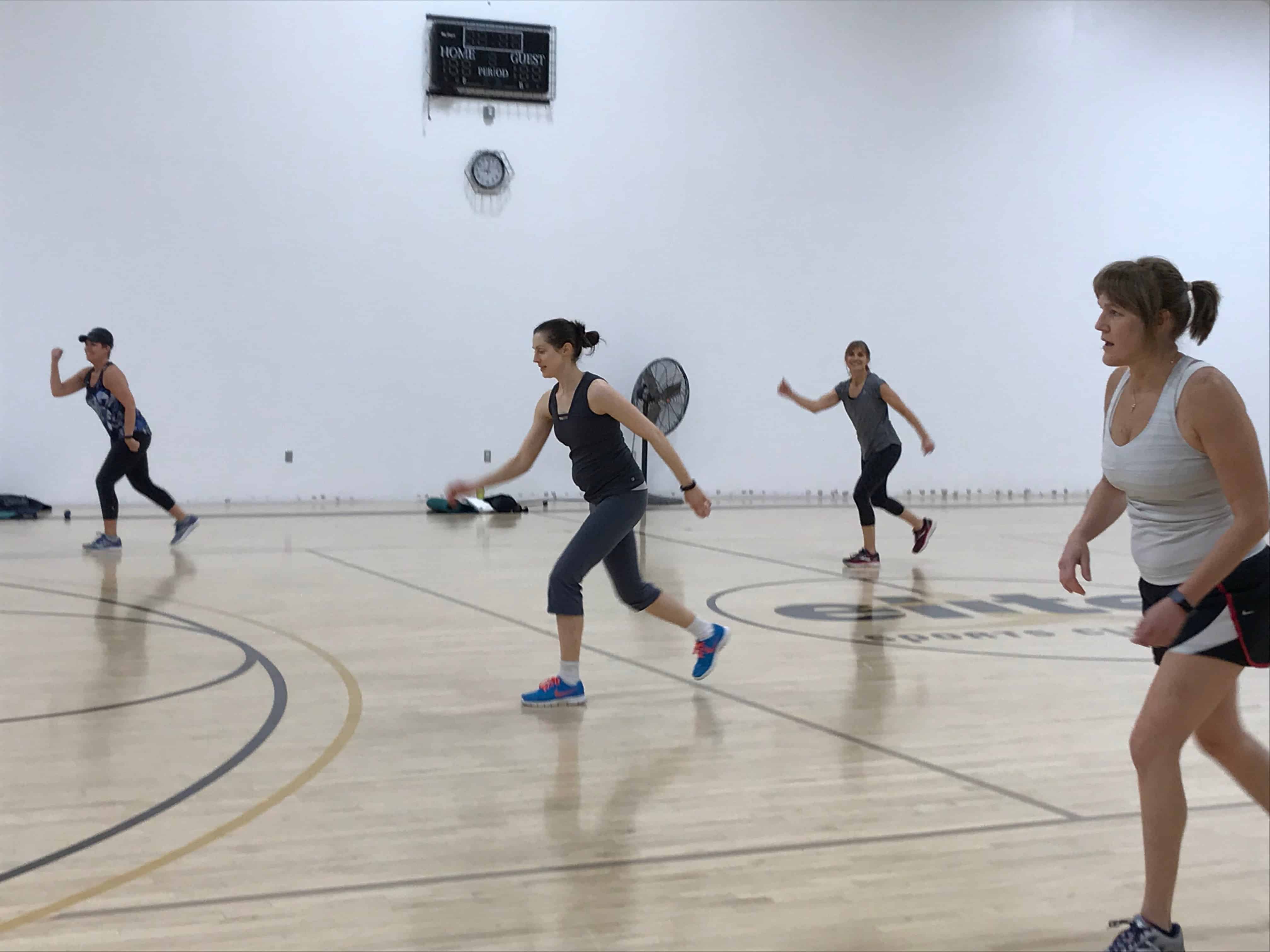
May 1st embarks the first day of the month-long journey known as Exercise is Medicine® Month. This is the time for you, your family, co-workers, friends and others to advocate and promote physical activity as a lifestyle change.
There is no question that regular physical activity is one of the best things you can do to keep your body healthy and strong. In fact, a large body of research confirms that performing moderate-intensity physical activity on a regular basis can help you live longer and reduce health problems. In fact, people who exercise can avoid many common health issues, including obesity and high blood pressure and cholesterol levels. Exercise also strengthens the muscles and bones, which can reduce your risk of osteoporosis as you grow older, and may even lower the risk of many diseases, including diabetes, stroke, heart disease and some cancers. Regular physical activity improves sleep, increases energy, lowers stress levels and helps you maintain your independence. As a healthy adult, the key for you to maximize the benefits of exercise is to find activities you really enjoy and to follow a well-designed program that you can stick with over the long-term.
Getting Started
- Talk with your healthcare practitioner before starting an exercise program and ask for specific programming recommendations.
- The goals of your program should be to improve cardiovascular fitness, increase muscle strength and endurance, and improve range of motion.
- If you are new to exercise, choose low-impact activities such as walking, cycling or water exercises, which involve large muscles groups and can be done continuously. Fitness classes geared toward beginners also are a good choice. If you’ve been fairly active until now, however, you can choose from a wide range of activities, including running, swimming, boot camp classes and sports like tennis or basketball. The key is to find something you love so you’ll stick with it over time.
- If your fitness level is low, start with shorter sessions (10 to 15 minutes) and gradually build up to at least 30 minutes on most, if not all, days of the week. If you are trying to lose weight, try to increase the amount of time you exercise to 60 minutes per day—research suggests this will help you shed unwanted pounds.
- Perform some type of strength training and whole-body range-of-motion exercises two to three days per week. This could include circuit training, high-intensity interval training, traditional strength training and even yoga.
- End each session with stretching exercises for the whole body. Consider taking a yoga or tai chi class for both flexibility and mind-body benefits.
- Closely monitor your intensity level and stay within your recommended target heart-rate zone. Take frequent breaks during activity if needed.
- Wear good-fitting, activity-appropriate shoes and comfortable clothing, and don’t forget to drink fluids before, during and after your activity to avoid becoming dehydrated.
Exercise Cautions
- If your fitness level is low to begin with, start slowly and gradually increase the length and intensity of your workouts.
- Stop exercising immediately if you experience any pain or shortness of breath. Contact your physician if you experience chest pain, labored breathing or extreme fatigue.
Your exercise program should be modified to maximize the benefits while minimizing your risk of injury. Consider contacting a certified fitness professional who can work with you to establish realistic goals and design a safe and effective program that addresses your specific needs.
(From Exercise is Medicine®. View original resource.)